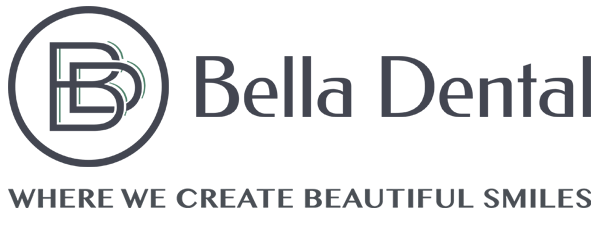You’ve been brushing your teeth for a long time––decades. Before you could tie your shoes or write your name, you were brushing. You probably think you’ve got it down pat, but many of our patients are surprised to learn during their dental cleaning appointments that they’re not brushing properly. In fact, there are some common mistakes that most people make. Are the bristles on your brush too hard? Do you brush at the right angle?
Here’s a quick primer on how to properly brush your teeth.
Start with the Right Brush
As mentioned above, one of the most common mistakes we see is when patients choose brushes with firm bristles. We know the logic behind it––your teeth feel cleaner when you brush with stiff bristles. And you’d think hard bristles are more effective at removing plaque and food particles stuck between your teeth…but they aren’t.
Soft bristles are just as effective as hard bristles when it comes to cleaning your teeth. But soft-bristled brushes have one very important advantage over their stiff-bristled counterparts: they’re gentler on your gums. Brushing with hard bristles can make your gums recede over time, particularly if you also use a lot of pressure while you brush.
Protect your gums by choosing soft bristles––and don’t forget to replace your brush every three months.
Don’t Overdo It With the Toothpaste
Choose a fluoride toothpaste with the ADA seal. Then, be sure to use the right amount.
How much is that? In print ads in magazines and TV commercials, you always see people put a thick ribbon of toothpaste on their brushes, enough to cover all of the bristles. Is that what you do at home? If so, you’re overdoing it. You only need a pea-sized amount of toothpaste. Those toothpaste ads are trying to sell you more toothpaste, which is why they use such generous amounts!
Make Sure You’re Thorough
The easiest way to make sure you’re not missing a spot is to divide your mouth into quadrants, rather than brushing back-and-forth without a plan of attack. You’ve got the upper right, upper left, lower right, and lower left quadrants. Spend 30 seconds brushing each one; place your toothbrush at a 45-degree angle to your gums and gently move it back and forth in a circular motion. Brush the outer, inner, and chewing surfaces of the teeth in each quadrant before moving onto the next one.
Once you’ve brushed all four quadrants, rinse with water or mouthwash to sweep away the plaque and food particles that you’ve just loosened with your brushing.
Two Minutes, Twice a Day
You might think you’re brushing your teeth for two minutes, but unless you’re using a timer, you’re probably brushing a lot less than that. Put a kitchen timer in your bathroom, use the timer on your phone, or invest in an electric toothbrush with a built-in timer to help you get that full two minutes in. And make sure you brush twice a day, too.
You should also be flossing once a day, but we’ll leave those flossing instructions for another post!
Let's Talk About Tooth Brushing
Do you need to brush up (pun intended) on your tooth brushing habits? Our hygienists are happy to provide oral health instruction during your biannual dental cleaning appointments––or any other time you happen to be visiting us. Contact us to make an appointment at one of our three New Jersey locations.

